In the world of indoor cycling, the evolution of technology has given rise to a debate between traditional and magnetic resistance spinning bikes.
Date: 2024-03-12 Categories: Industry News Hits: 1012
In the world of indoor cycling, the evolution of technology has given rise to a debate between traditional and magnetic resistance spinning bikes. These two main types of stationary bikes offer distinct experiences, advantages, and drawbacks, making the choice between them significant for both fitness enthusiasts and professional athletes. In this article, we'll delve into the key differences between magnetic and traditional spinning bikes, helping you understand which might be the best fit for your workout regimen.
Resistance Mechanism
The primary difference between magnetic and traditional spinning bikes lies in their resistance mechanisms. Traditional spinning bikes use a physical flywheel connected to the pedals through a chain or belt, with resistance created by applying pressure to this flywheel, typically through a felt or leather pad. The rider increases or decreases resistance by turning a knob, which brings the pad into closer contact with the wheel.
Magnetic spinning bikes, on the other hand, leverage the power of magnets to create resistance. These bikes have a flywheel as well, but resistance is generated without any physical contact. Instead, magnets move closer to or further away from the flywheel, altering the magnetic field and thus the amount of resistance. This adjustment is often made via a lever or electronic control.
Maintenance and Durability
The wear and tear on a bike's resistance mechanism significantly impacts its maintenance needs and longevity. Traditional spinning bikes, due to their contact-based resistance system, tend to wear out the pad that applies pressure to the flywheel, requiring periodic replacement. Additionally, the mechanical parts like chains or belts might need adjustments or replacements over time.
Magnetic bikes are generally considered more durable and require less maintenance. Since the resistance mechanism is contactless, there's minimal wear on the components, reducing the need for replacements and repairs. This can make magnetic bikes a more cost-effective option over time, despite their typically higher initial investment.
Noise Level
Noise level is a crucial consideration for many, especially those living in apartments or with family. Traditional spinning bikes can be noisier due to the friction between the pad and the flywheel, along with the sound of the chain or belt in motion. In contrast, magnetic spinning bikes offer a quieter ride, thanks to their contactless resistance mechanism. This makes them an excellent choice for early risers, late-night exercisers, or anyone looking to keep noise to a minimum.
Ride Feel and Accuracy
The feel of the ride and the accuracy of the resistance adjustment are important for simulating outdoor cycling and for structured training sessions. Traditional bikes can offer a more "authentic" cycling feel to some, as the mechanical resistance can mimic the experience of road biking. However, the level of resistance might be harder to quantify precisely since it's based on the tension of a pad against the flywheel.
Magnetic bikes provide a smoother and more consistent ride, with the ability to precisely adjust and replicate resistance levels. This precision is particularly beneficial for those following specific training programs or looking to track their progress accurately over time.
Conclusion
Both magnetic and traditional spinning bikes have their place in the fitness world. The choice between them depends on individual preferences, priorities, and goals. Those looking for a low-maintenance, quiet, and precise training tool may lean towards magnetic spinning bikes. Meanwhile, individuals who prefer a bike that mimics the feel of road cycling and are willing to handle a bit more maintenance might opt for a traditional spinning bike. Regardless of the choice, both types of bikes offer effective ways to enhance cardiovascular health, build endurance, and improve overall fitness.

 YESOUL A1 Indoor Exercise Bike...
YESOUL A1 Indoor Exercise Bike...  YESOUL J1 PLUS High-end Magnet...
YESOUL J1 PLUS High-end Magnet...  YESOUL J1 Magnetic Recumbent B...
YESOUL J1 Magnetic Recumbent B... 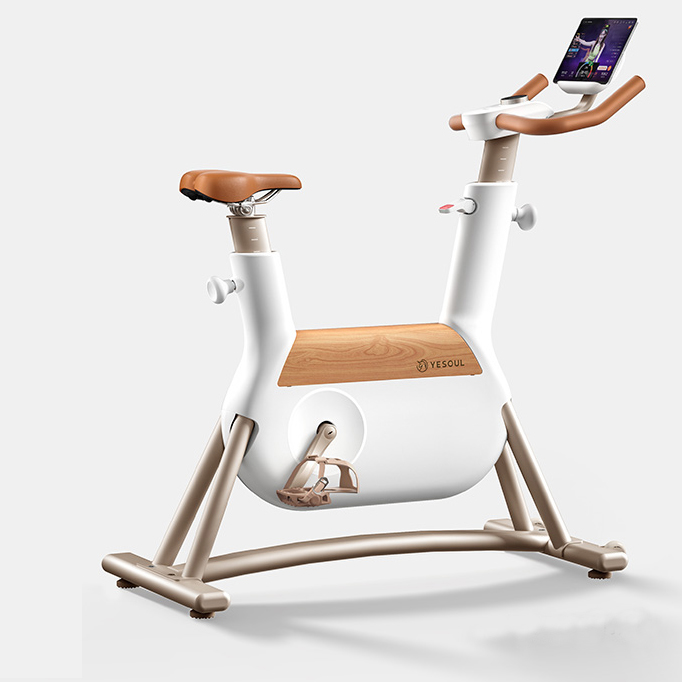 YESOUL R6 Indoor Exercise Bike
YESOUL R6 Indoor Exercise Bike 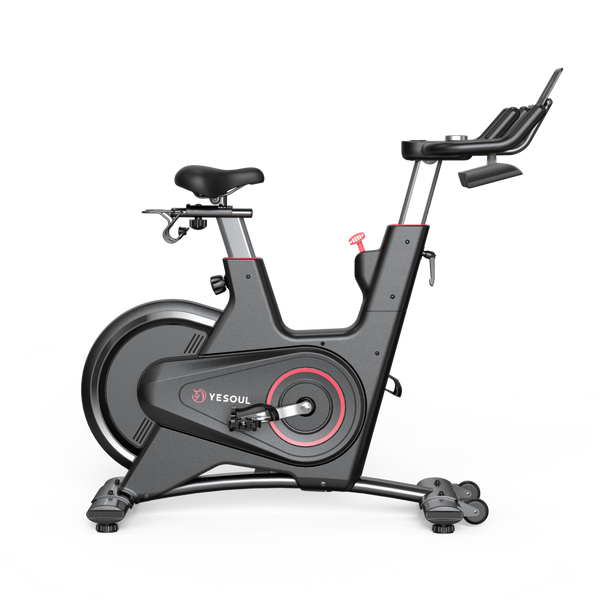 YESOUL V5 Light Commercial Spi...
YESOUL V5 Light Commercial Spi... 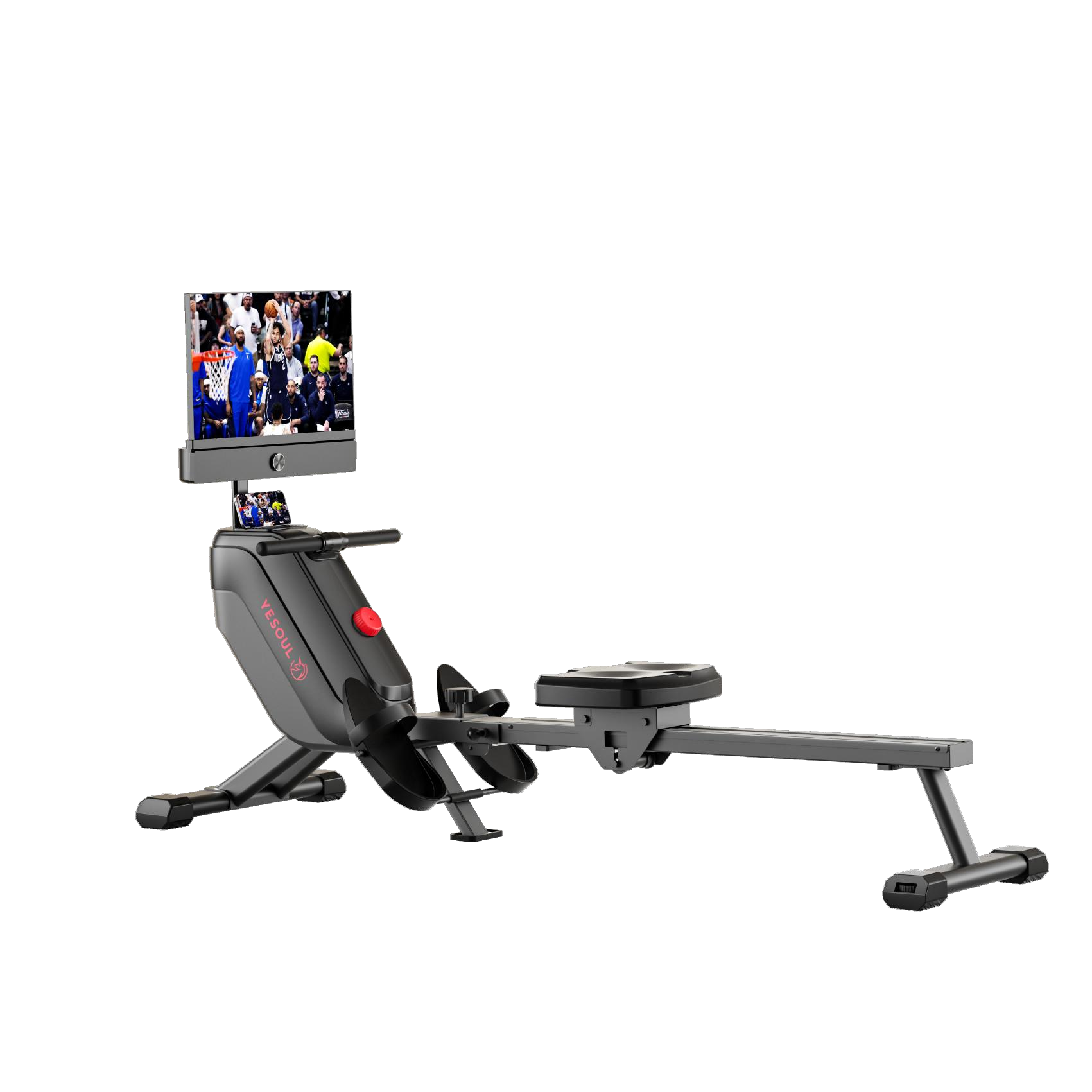 YESOUL R1 Plus Magnetic Quiet ...
YESOUL R1 Plus Magnetic Quiet ... 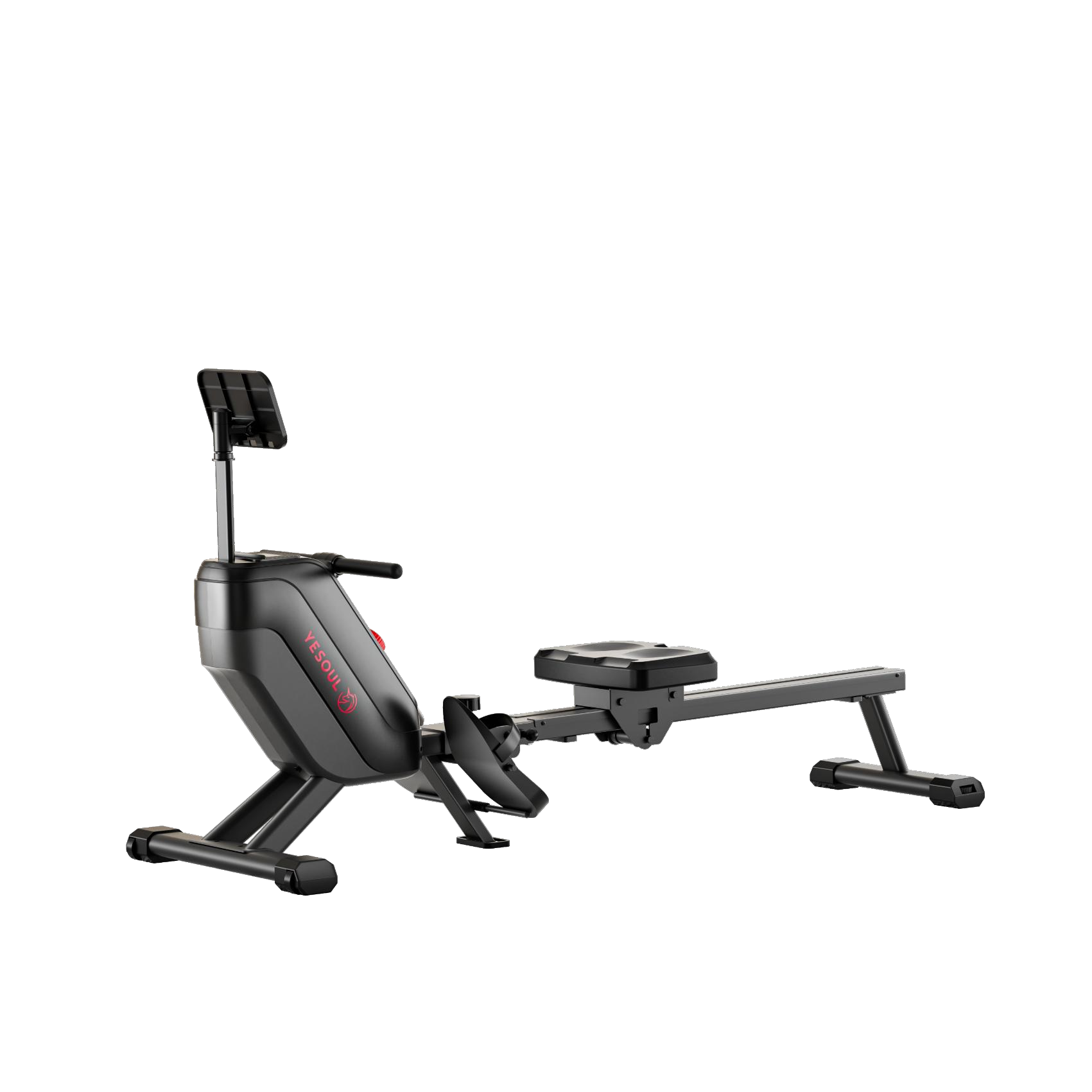 YESOUL R1 Foldable Rower for H...
YESOUL R1 Foldable Rower for H...  Foldable Water Rowing machine
Foldable Water Rowing machine 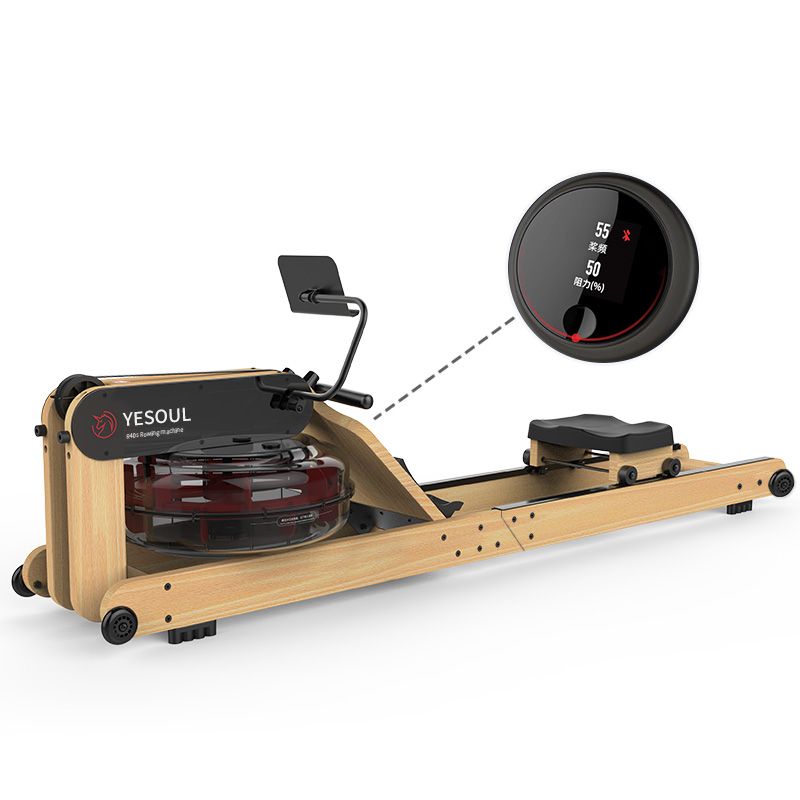 YESOUL R40 Rowing Machine
YESOUL R40 Rowing Machine 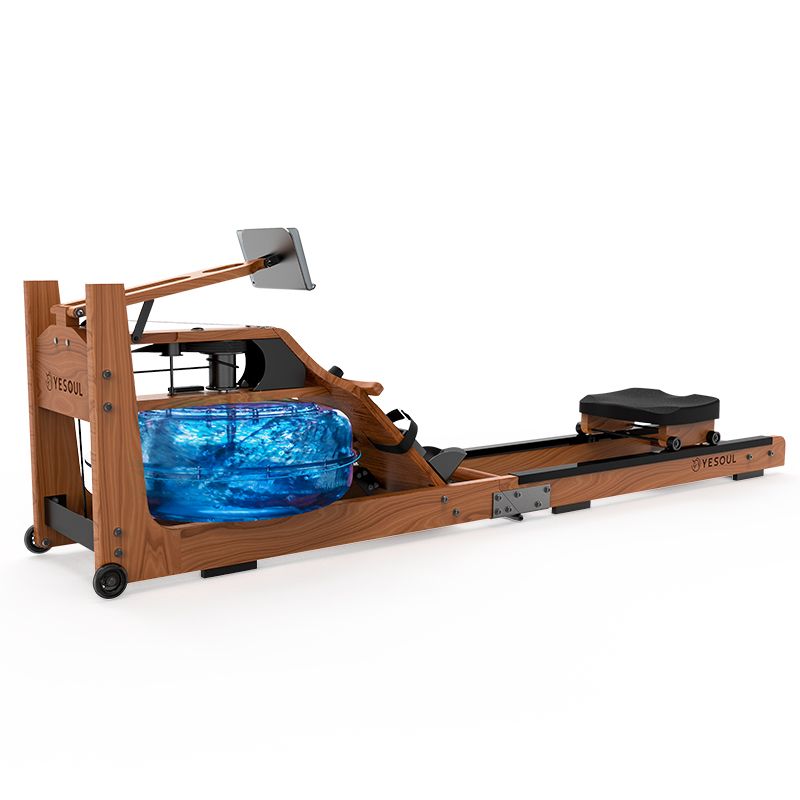 YESOUL R30 Rowing Machine
YESOUL R30 Rowing Machine  YESOUL WALKING PAD W2-Pro ( El...
YESOUL WALKING PAD W2-Pro ( El...  YESOUL Treadmill T3 Office
YESOUL Treadmill T3 Office  YESOUL TREADMILL T3 PLUS (21.5...
YESOUL TREADMILL T3 PLUS (21.5...  YESOUL TREADMILL T3-Pro( Elect...
YESOUL TREADMILL T3-Pro( Elect... 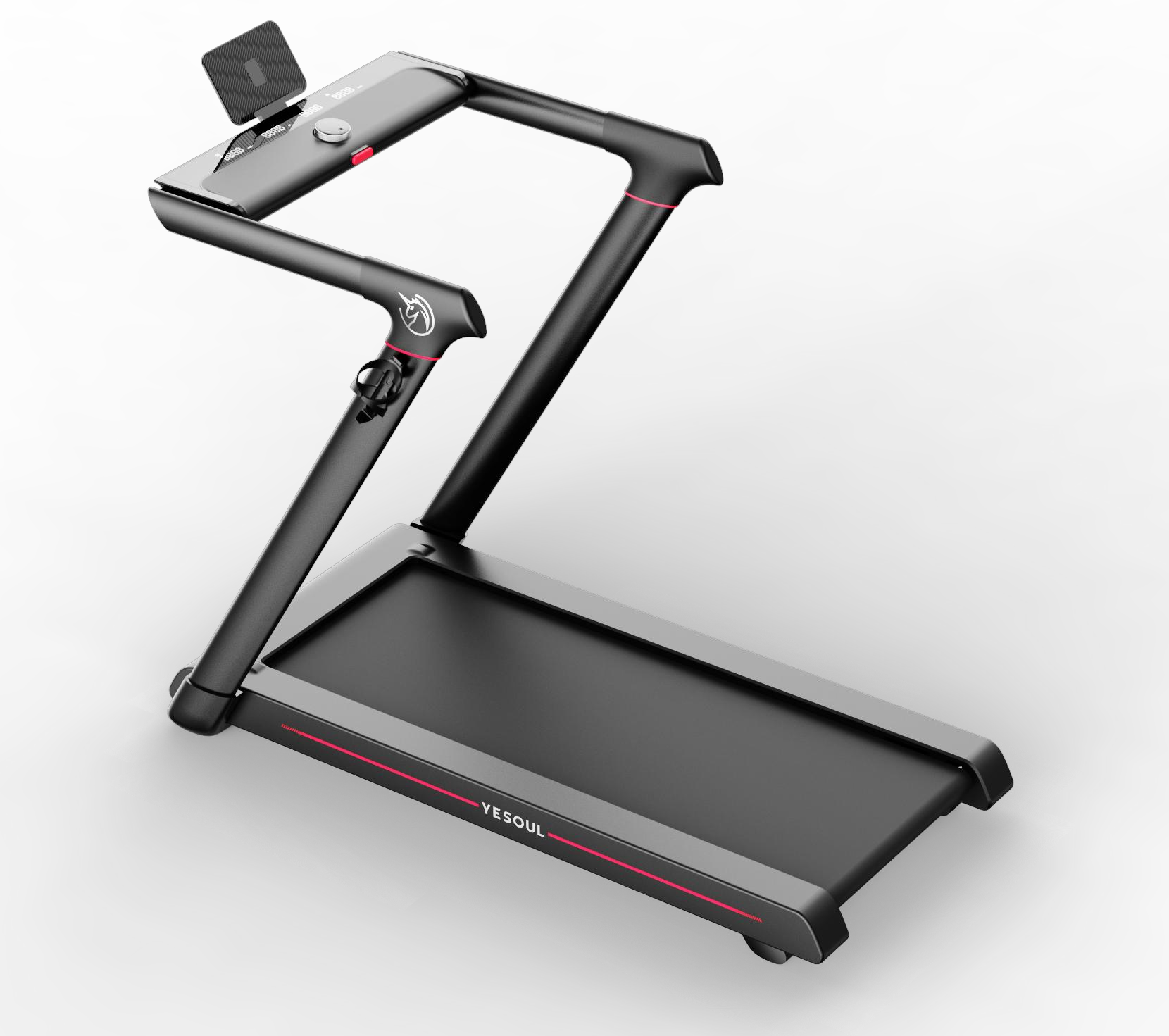 YESOUL Treadmill T3
YESOUL Treadmill T3 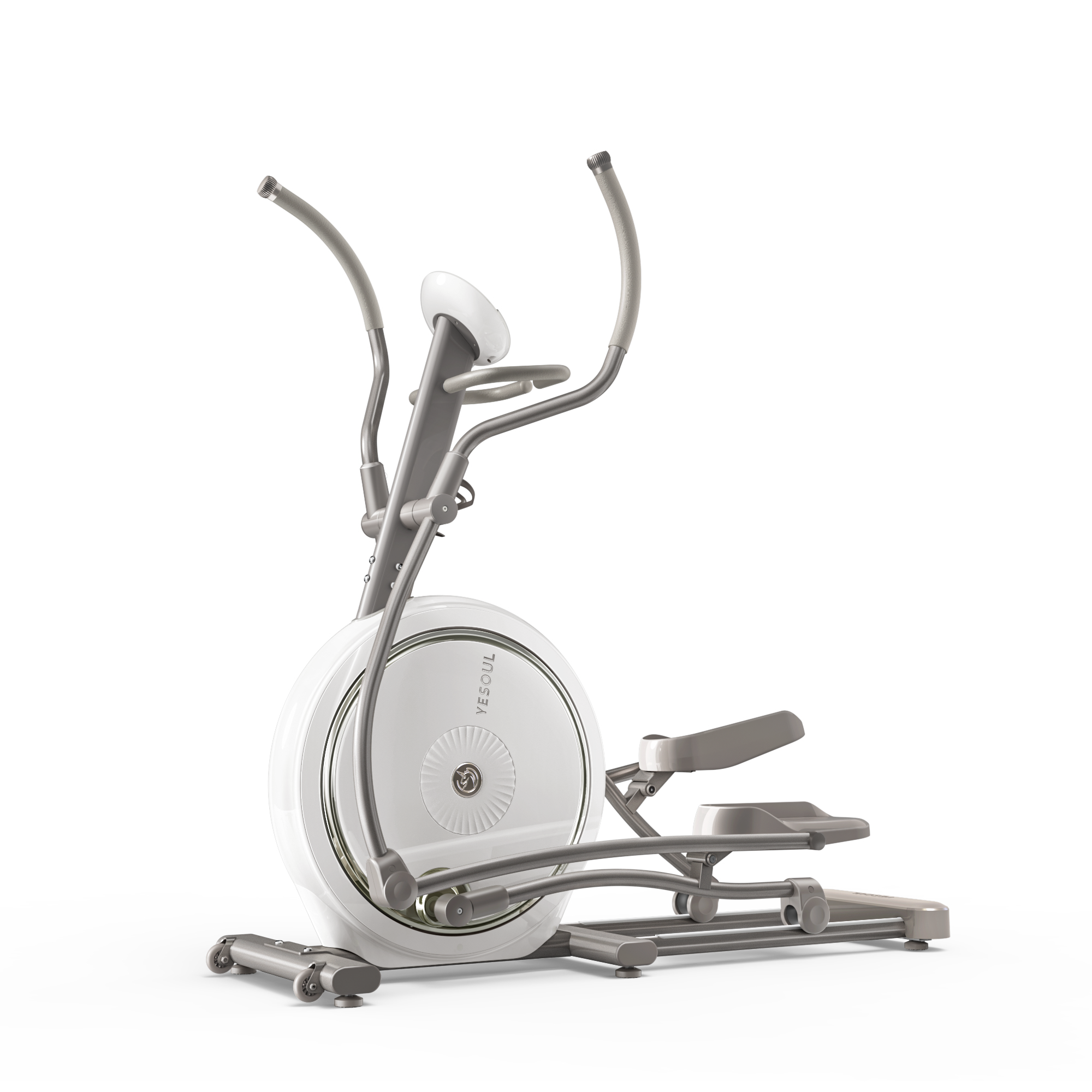 YESOUL ELLIPTICAL E80
YESOUL ELLIPTICAL E80 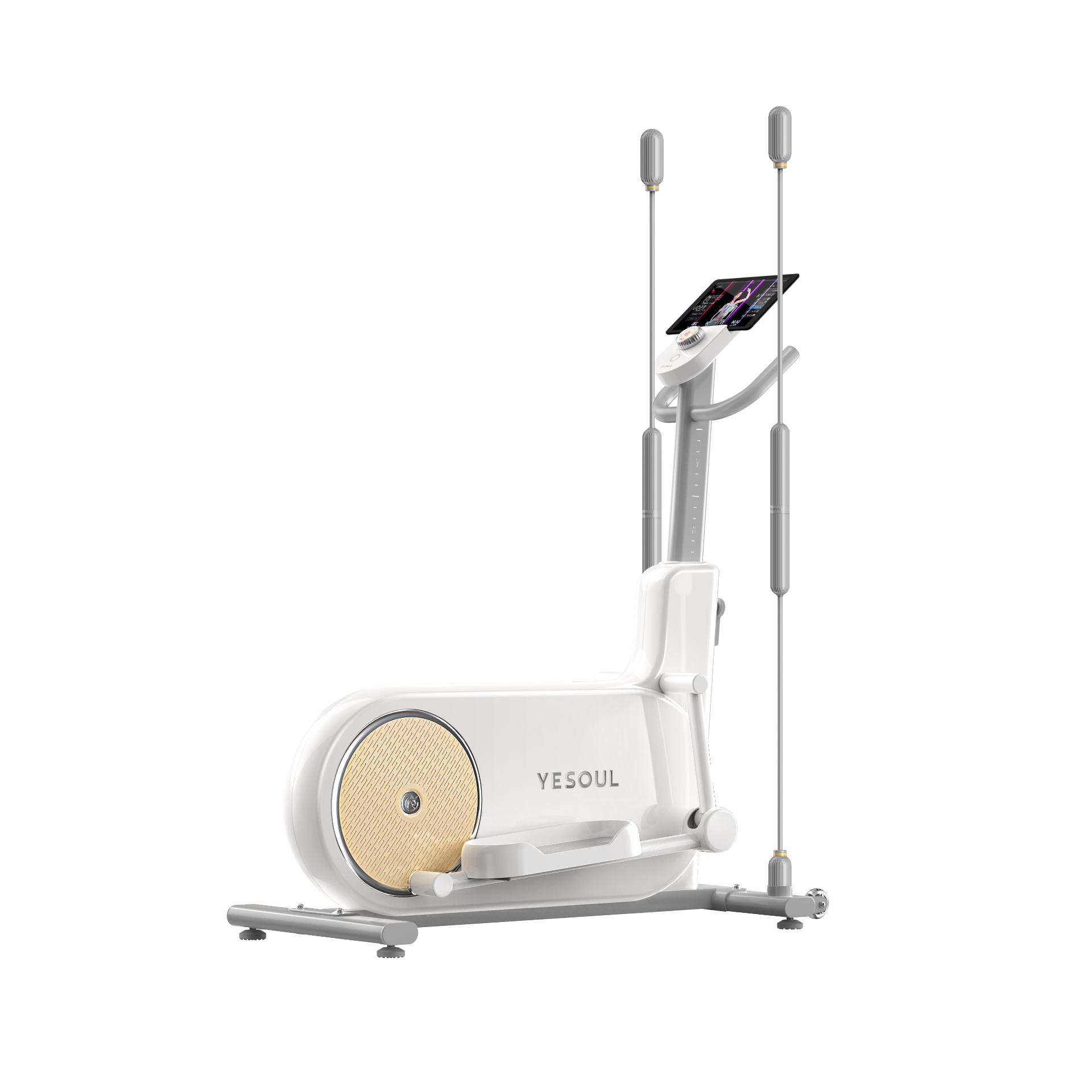 YESOUL EF25 Elliptical
YESOUL EF25 Elliptical 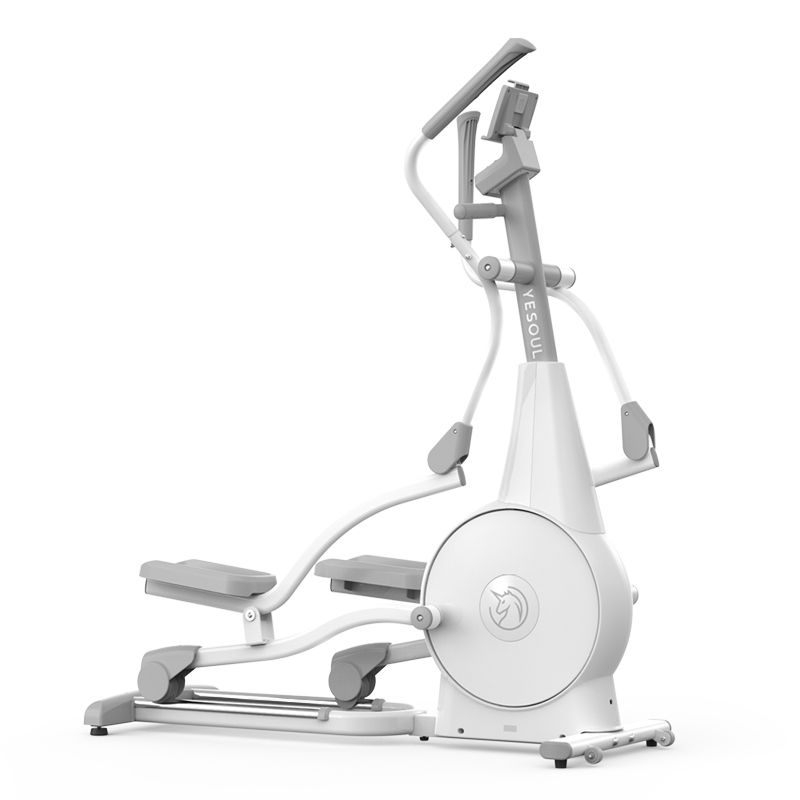 YESOUL E30S Elliptical Machine
YESOUL E30S Elliptical Machine 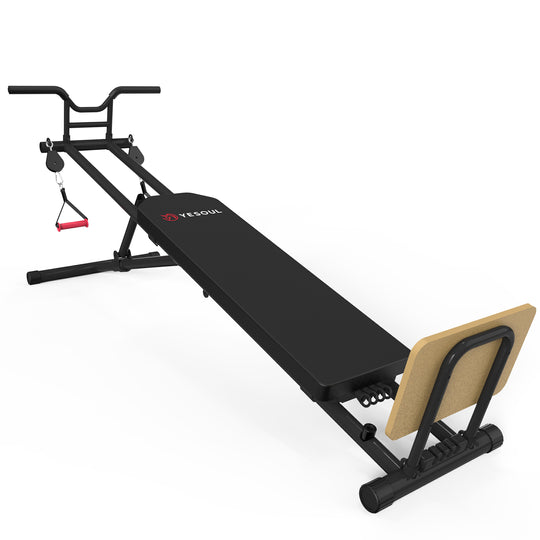 Yesoul Gravity Trainer
Yesoul Gravity Trainer  YESOUL MG 12 Massage gun
YESOUL MG 12 Massage gun 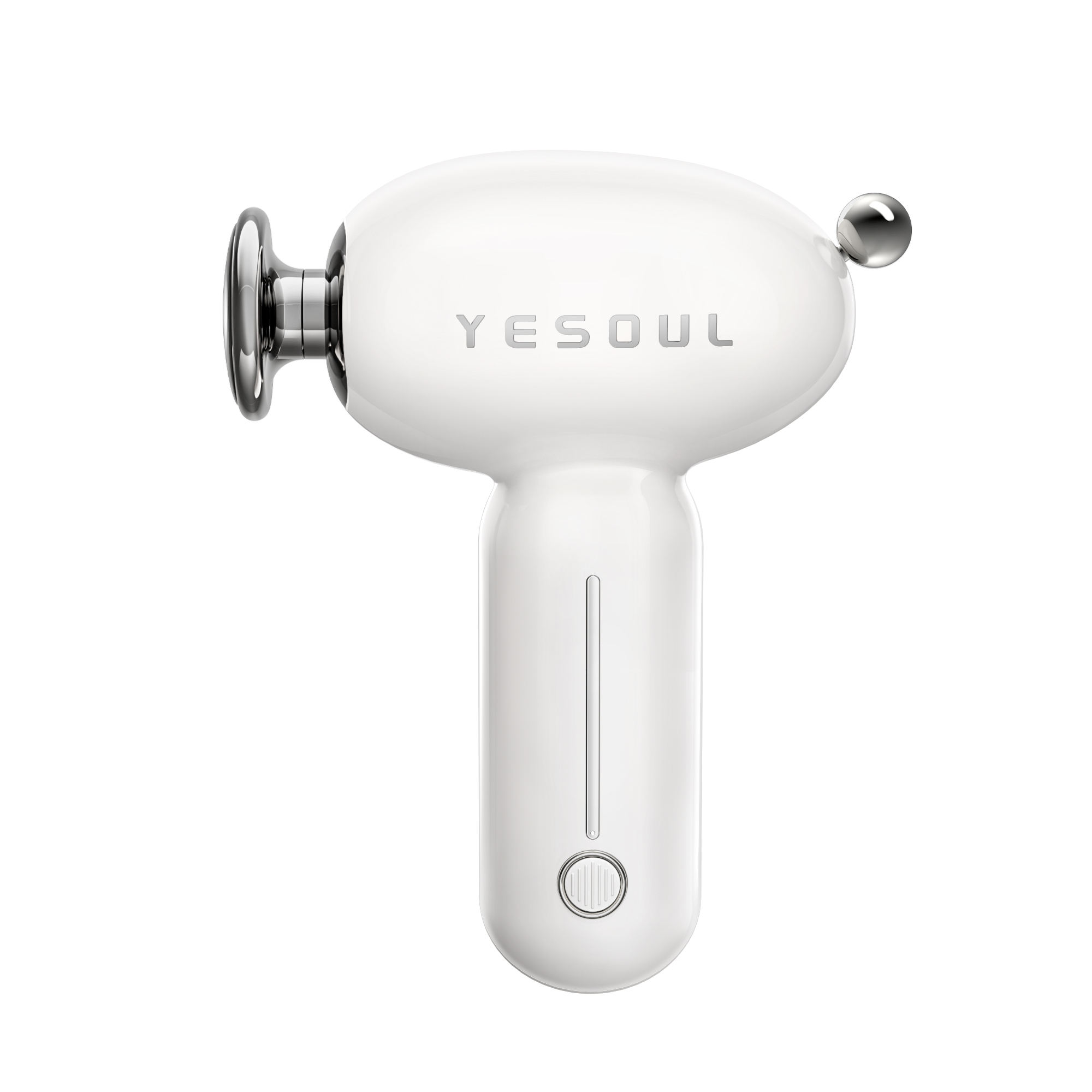 YESOUL MG 16 Hot compress faci...
YESOUL MG 16 Hot compress faci... 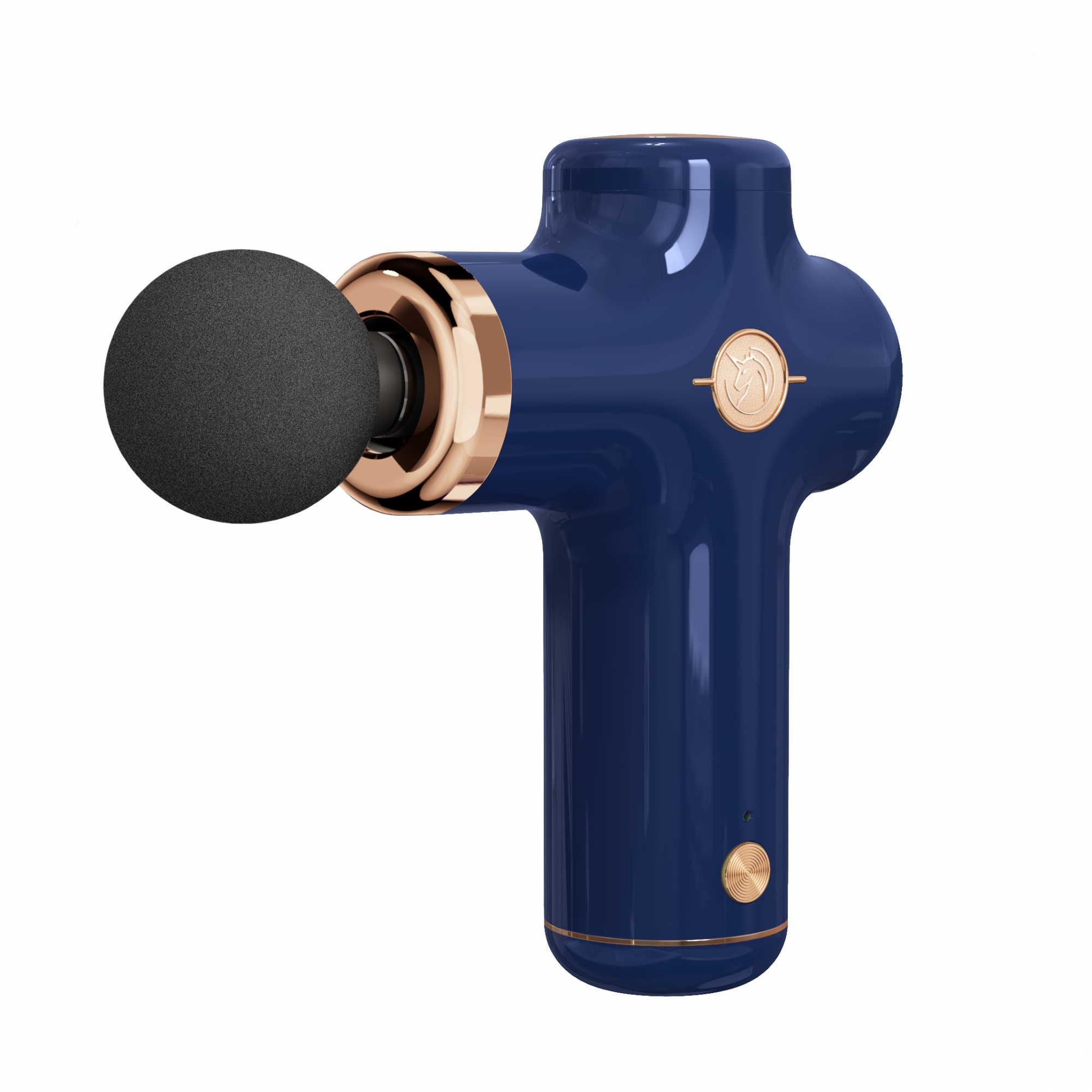 YESOUL MG-11 Massage Gun
YESOUL MG-11 Massage Gun 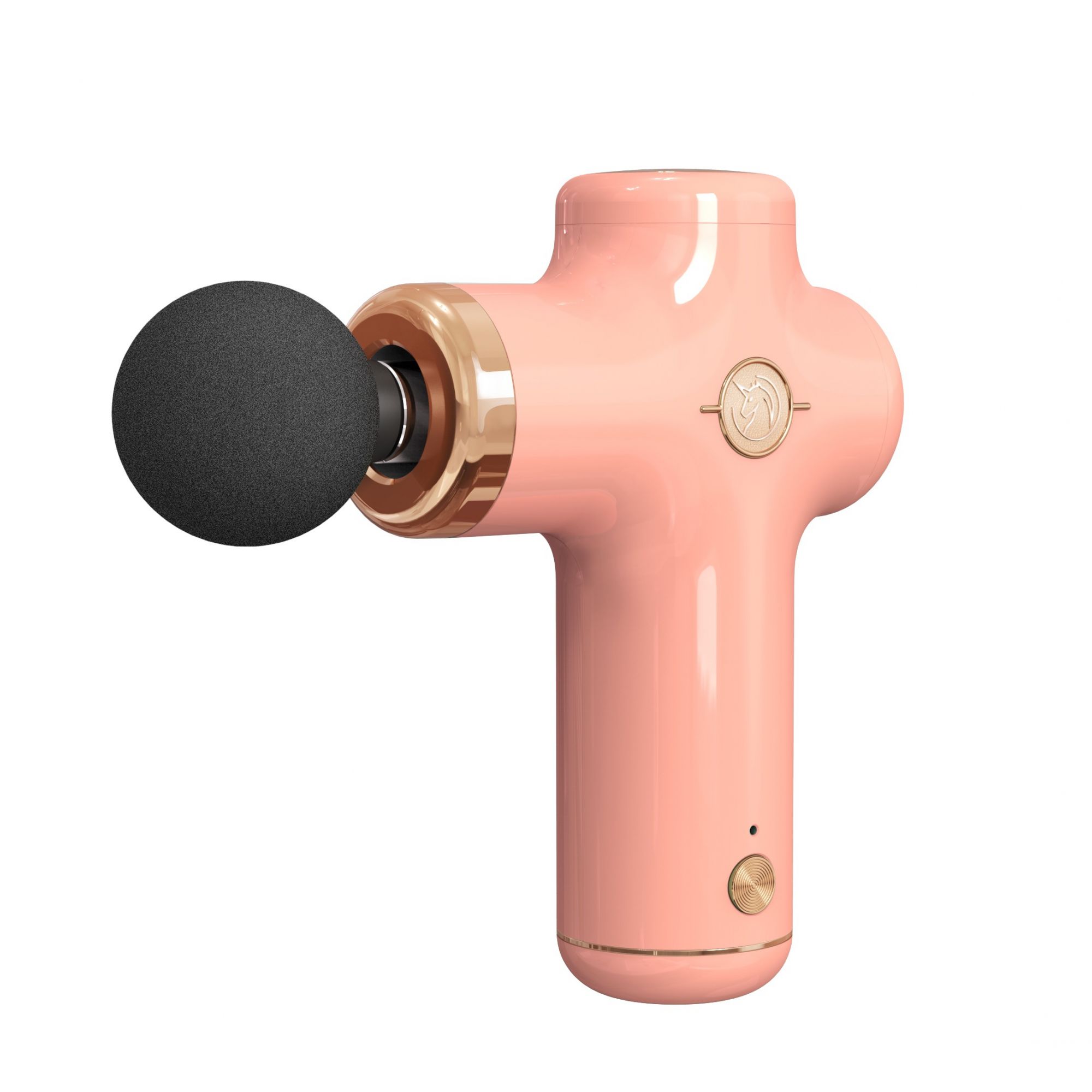 YESOUL MG-11 Massage Gun
YESOUL MG-11 Massage Gun 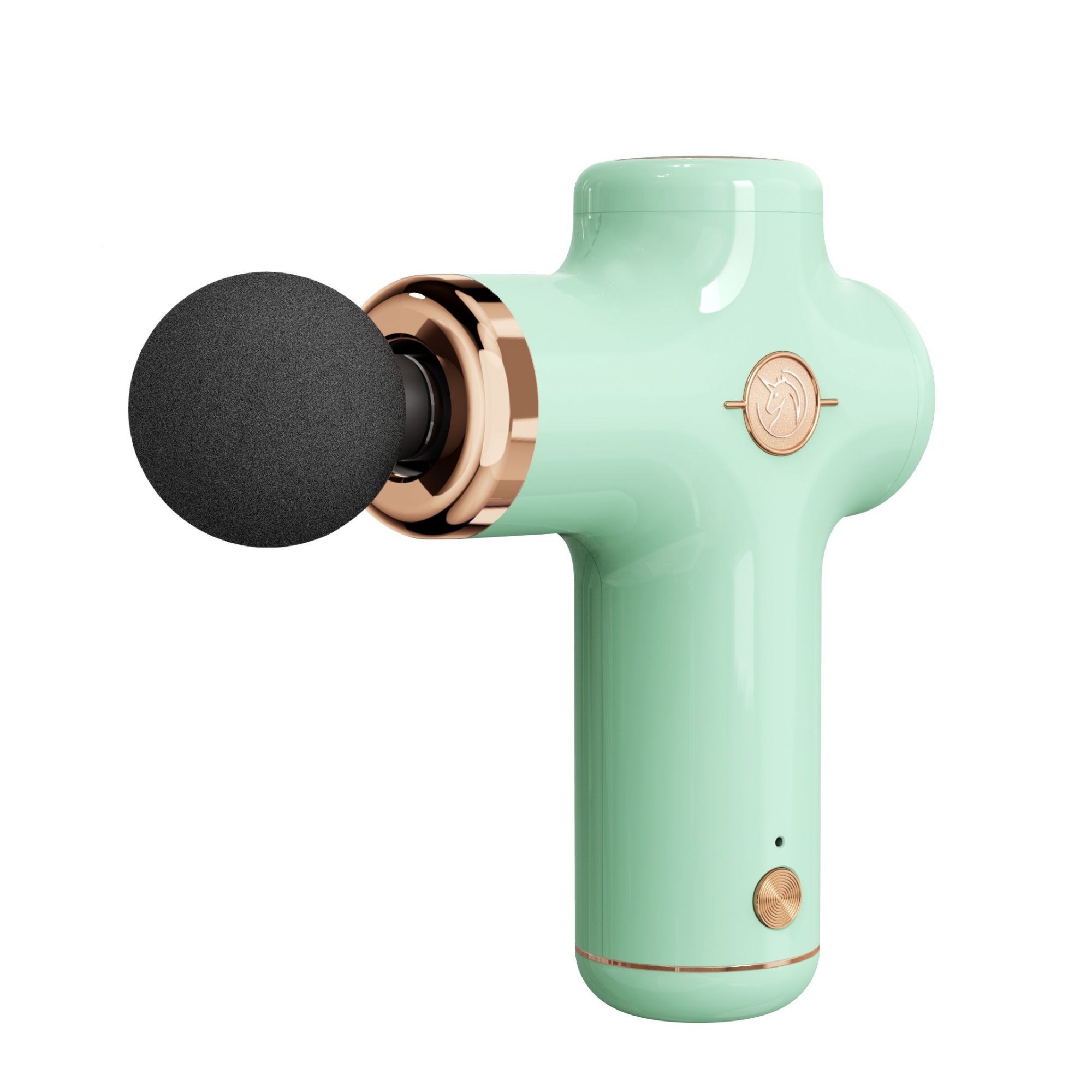 YESOUL MG-11 Massage Gun
YESOUL MG-11 Massage Gun 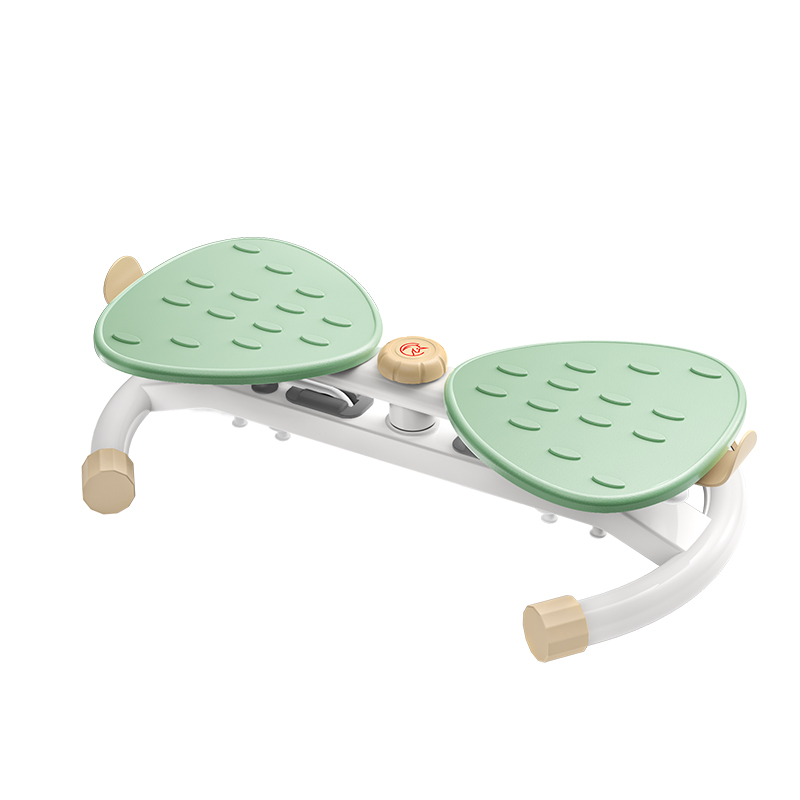 Home Gym Equipment Weight Loss...
Home Gym Equipment Weight Loss...  Ab Workout Equipment Adjustabl...
Ab Workout Equipment Adjustabl... 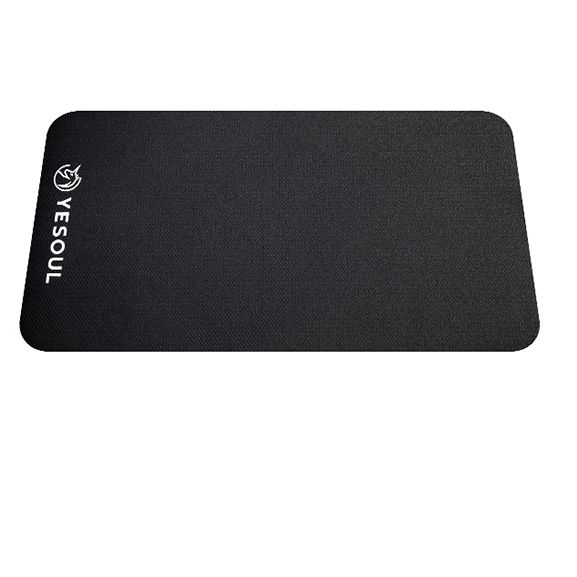 Exercise Bike Elliptical pad
Exercise Bike Elliptical pad 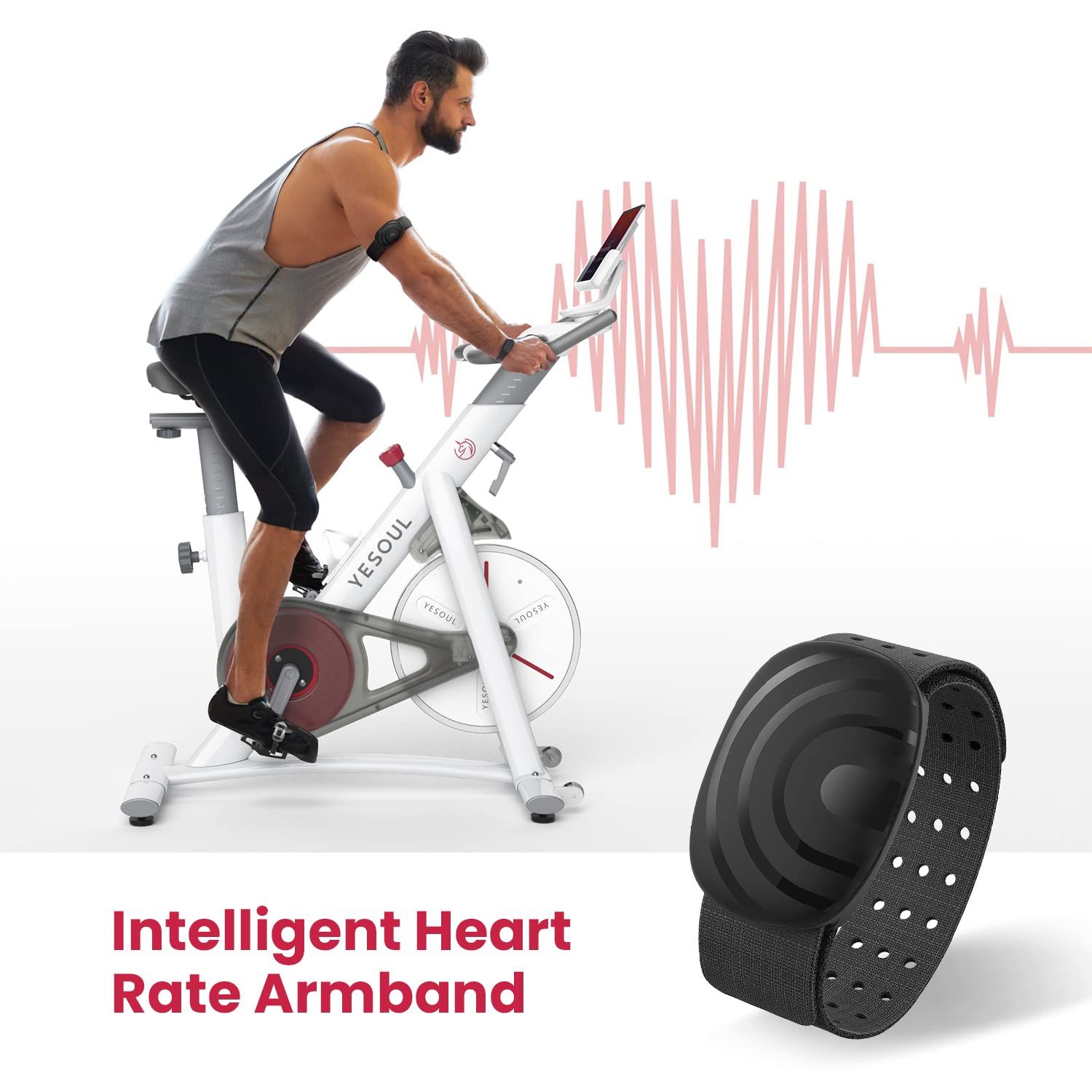 HEART RATE ARMBAND
HEART RATE ARMBAND 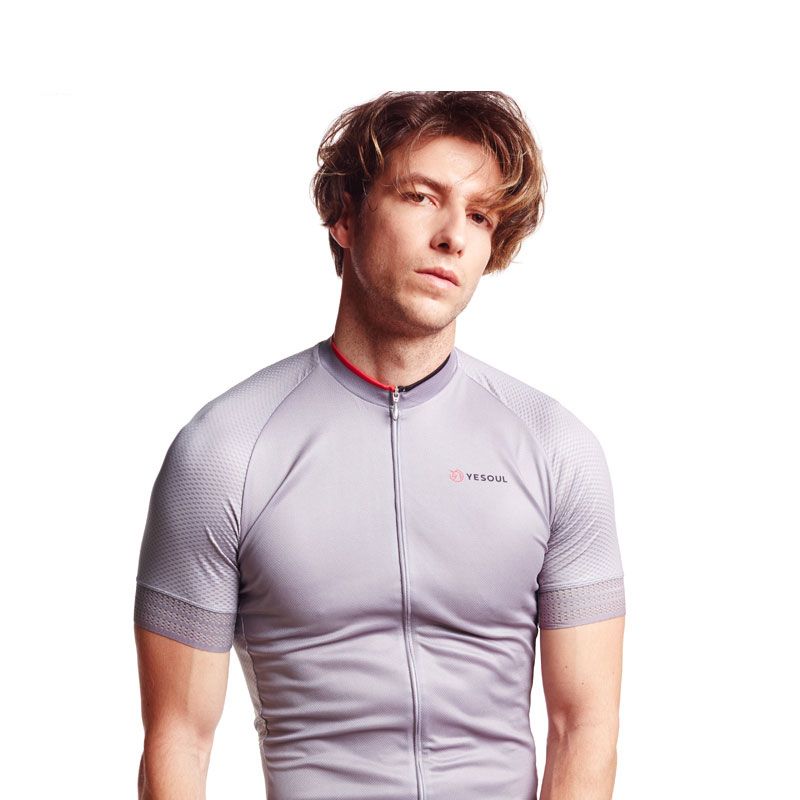 RIDING APPAREL
RIDING APPAREL